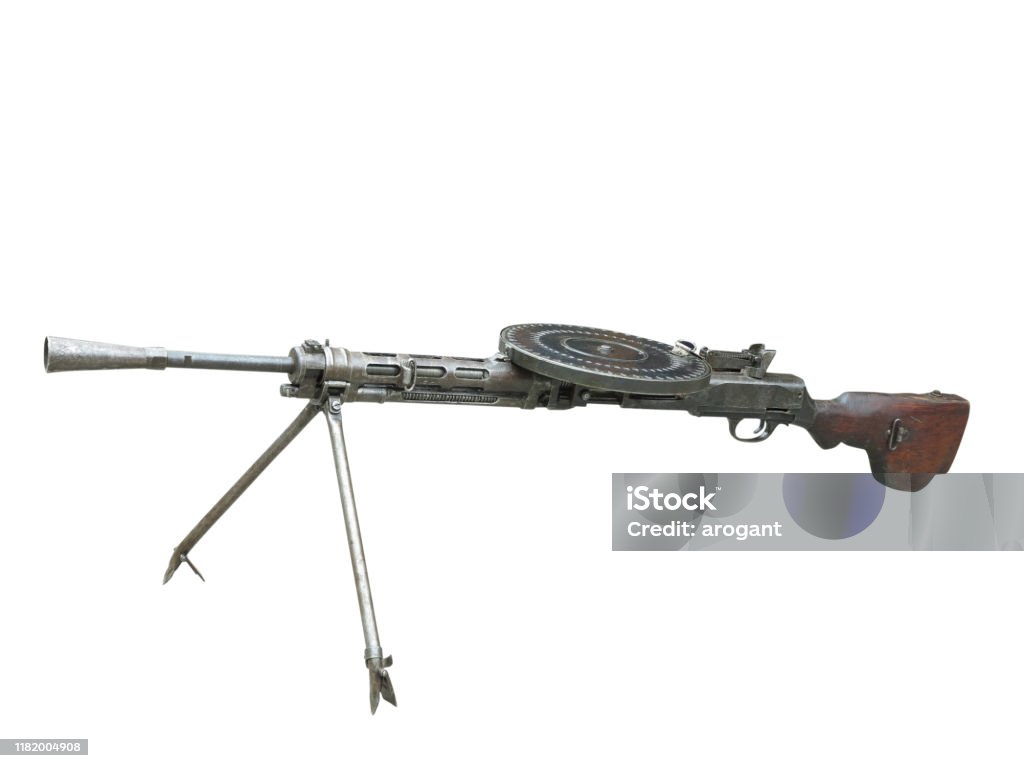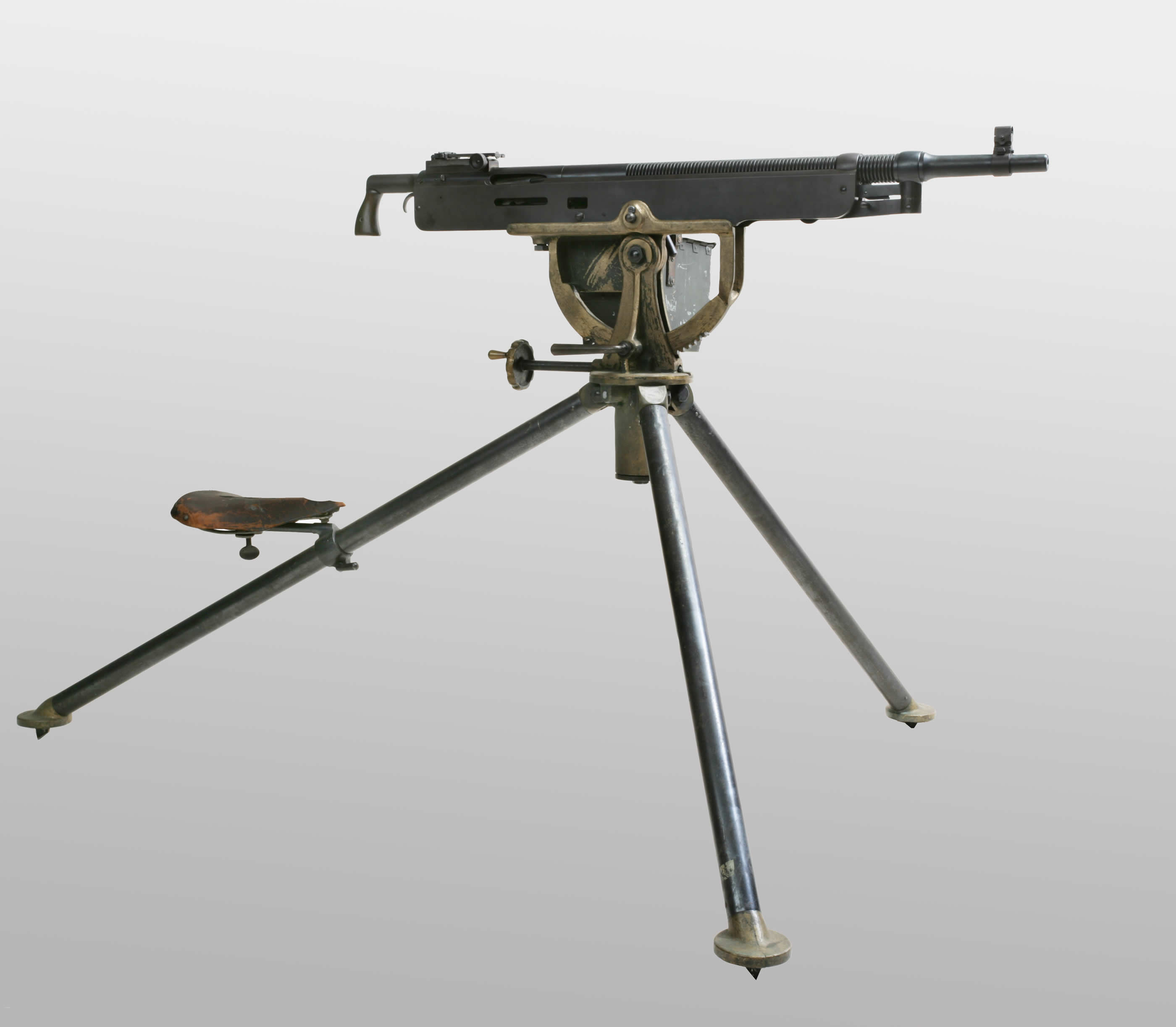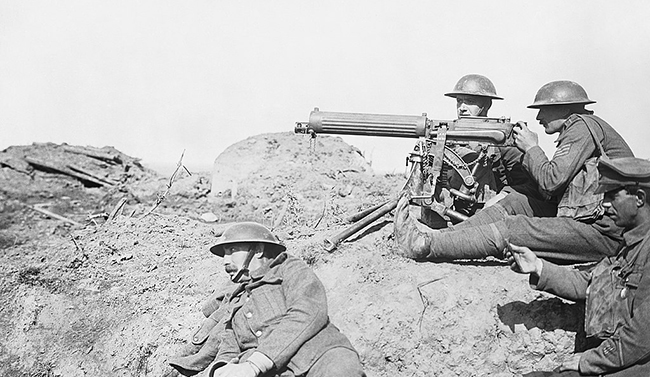Depending on the gunner and conditions, a barrel modification could be required as often as every 200 to 250 rounds. When the hot barrel was eliminated, it was set aside up until it was cool enough to use again. Machine-gun groups would have as numerous as six extra barrels on hand.
Driving through a recently secured location in Belgium, the observant Liniewski spotted the deserted weapon in a field. Liniewski then did what any unsupervised GI would have done in that position; he stopped his truck and seized the opportunity to snag a fantastic souvenir for the folks back house. As an assistance soldier, Liniewski was not familiar enough with weapons to dismantle his MG-42, so he held on to it for a while up until he found a camp where German prisoners of war were being held.
The weapon remained in the Liniewski household up until 2016 when his son Marty donated the weapon to the Museum. In spite of its tendency to get too hot, the MG-42 was an exceptional weapon that was light-years of ahead of the United States counterpart, the Browning M-1919A4 machine weapon. Germany produced approximately 400,000 MG-42s during the war, some of which are still in active duty.

Taken together, all these weapons offered the Red Army a more useful variety of assistance weapons, much better able to challenge the Germans for fire superiority on the battlefield. Fully detailed, this research study discusses the technology and the methods of these maker weapons. Kept in mind authority Chris Mc, Nab sets out how these gatling gun were distributed and tactically used and offers numerous examples of the weapons in action, from attack teams on the streets of Stalingrad to tank crews having a hard time for survival at Kursk.
A Biased View of American Soldiers' Use Of Weaponry In World War I
Illustrated with high-quality pictures and specially commissioned art work, this is a deep analysis of these important tools of warfare within the Soviet forces.
Taken together, all these weapons gave the Red Army a more useful series of assistance weapons, much better able to challenge the Germans for fire supremacy on the battleground. Fully illustrated, this research study describes the technology and the techniques of these maker guns. Noted authority Chris Mc, Nab sets out how these maker guns were dispersed and tactically used and provides many examples of the weapons in action, from assault teams on the streets of Stalingrad to tank teams struggling for survival at Kursk.
Illustrated with premium pictures and specially commissioned art work, this is a deep analysis of these essential tools of warfare within the Soviet forces.
The gatling gun business, commanded by a captain, had an assigned strength of 6 commissioned officers and 172 enlisted guys, and carried 16 weapons, 4 of which were spares. Within the business there were 3 squads and a head office section. A first lieutenant led the first army, while second lieutenants led squadrons 2 and 3.
The Of Machine Guns In World War I


Within each area were 2 gun squads, each with one gun and 9 guys, led by corporals. The weapon team had one combat cart, pulled by a mule, to transport its gun and ammunition as near the firing position as enemy fire enabled. From there the crews moved the weapons and ammo forward by hand.
The battalion had a strength of 16 officers and 377 gotten men and was motorized. However, it had only two companies, identical to the other device weapon business in regards to workers and weapons. Each weapon team utilized an unique motor automobile to carry its workers, weapon and devices. The battalion was normally in department reserve, all set to perform objectives as the division commander purchased.
In this function the weapons were put 300 to 1000 meters to the rear of the front line. When they employed their weapons because fashion, the gatling gun officers often faced opposition from the rifle business commanders, who preferred to have the guns further forward, fearing that their infantrymen would be at danger of stray low rounds as they advanced under the overhead machine gun fire.
Furthermore, they quickly found that the device weapons were high concern targets for enemy fire, which it was useful to have the guns at some distance from the infantry positions. Since opponent gatling gun posed the biggest hazard to the attacking troops, the gatling gun crews strove to find the enemy weapons and to focus their fire upon them.
The Definitive Guide for Weapons Of The Ottoman Army
A proportion of the weapons was held back as a reserve under command of the maker gun officer. 6Machine weapon tactical doctrine dictated that in the defense the Hotchkiss weapons should just rarely be located within 100 backyards of the front line which a minimum of two-thirds of the guns must be echeloned back through the entire defensive position, situated so that surrounding guns would be equally supporting.

7 To discover other features on the visit our THE DOUGHBOY CENTER wants to continually broaden this feature. Additions and remarks on these pages might be directed to:.
I was impaled on this. My only fear was that he would push the trigger which would have made a hell of a mess. In the meantime, my sergeant who was near he saw me; was available in close; shot the fellow and after that hoisted me, with the aid of another man, off the bayonet.
He was dead and it wasn't enjoyable. A bayonet wound straight it goes in it harms and the withdrawal is most likely further suffering than the 'putting in' because the 'putting in' is rapid. Another type of weapon was the trench club. These might be used on trench raids and in close quarter battling.